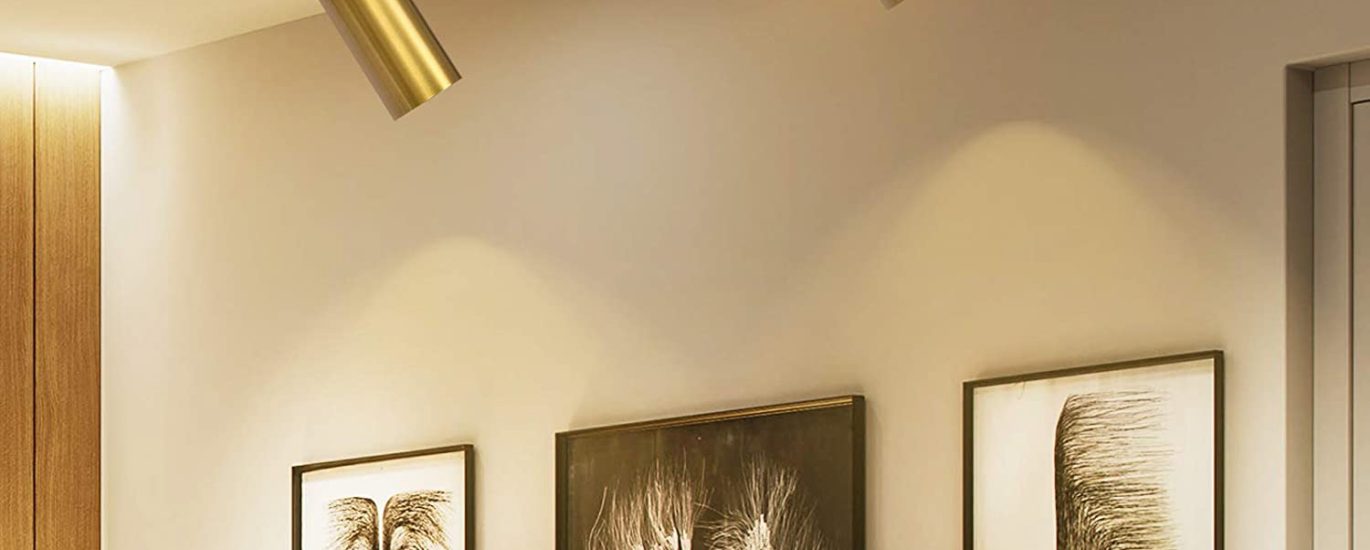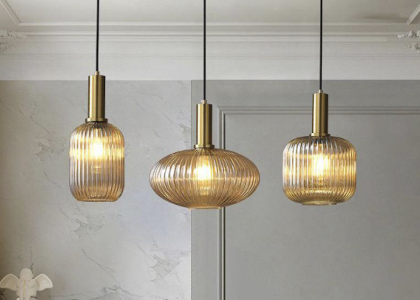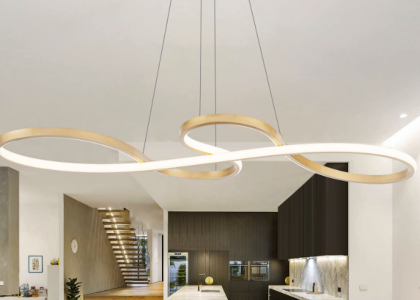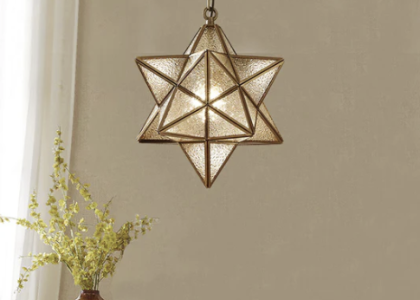Introduction
Pendant lights and spotlights are two popular lighting choices that are able to transform the atmosphere of a room. They come in different shapes, sizes, colors, styles, and materials. Whether you prefer a modern, industrial, minimalist, or traditional style, there is a spotlight or pendant that can complement your home decor. In this article, we’ll explore the advantages and disadvantages of each type of lighting, as well as creative ways to use them in various rooms around the house.
Spotlights
Spotlights are directional lights that emit a focused beam of light to highlight a specific area or object. They are commonly used for task lighting or accent lighting, such as illuminating a piece of artwork or a reading nook. They can also be used for general lighting, but it’s important to have enough fixtures to avoid creating harsh shadows.
Advantages:
- Spotlights are great for creating drama and visual interest in a room, as they draw the eye to a focal point.
- They offer flexibility, as they can be easily adjusted or repositioned to change the lighting effect.
- They are energy-efficient, as they consume less power and emit less heat than traditional incandescent bulbs.
Disadvantages:
- Spotlights can be too harsh or intense if not used properly, creating a cold, clinical atmosphere.
- If not positioned correctly, they can cast unflattering shadows on people’s faces or on objects.
- It’s important to choose the right color temperature (measured in Kelvin) to avoid a yellow or blue tint to the light.
When to use spotlights
Spotlights are ideal for:
- Highlighting artwork, photographs, or sculpture
- Providing task lighting for work or reading
- Creating a focal point in a room, such as a fireplace or a plant
- Adding drama to an architectural feature, such as a vaulted ceiling or a stone wall
Pendants
Pendant lights are suspended from the ceiling by a chain, cord, or rod. They come in a wide variety of styles and materials, from crystal chandeliers to sleek metal orbs. They provide general lighting as well as accent lighting, and can be used individually or in clusters for maximum impact.
Advantages:
- They are versatile and can be used in a variety of spaces, from kitchens to bedrooms to entryways.
- They come in a range of styles, from ornate and elegant to minimalist and modern, making it easy to find a pendant that matches your personal taste.
Disadvantages:
- Some pendants can be expensive, especially those made from high-end materials like crystal or brass.
- If not hung at the right height, they can be too low, obstructing the view or getting in the way of people walking underneath.
- Some pendants require professional installation, which can add to the cost.
When to use pendants
Pendant lights are ideal for:
- Providing ambient lighting in a room, such as a dining room or a living room
- Adding a decorative element to a room, such as a chandelier or a colorful glass pendant
- Creating a sense of intimacy, such as in a bedroom or a reading nook
- Illuminating a task surface, such as a kitchen island or a workspace




